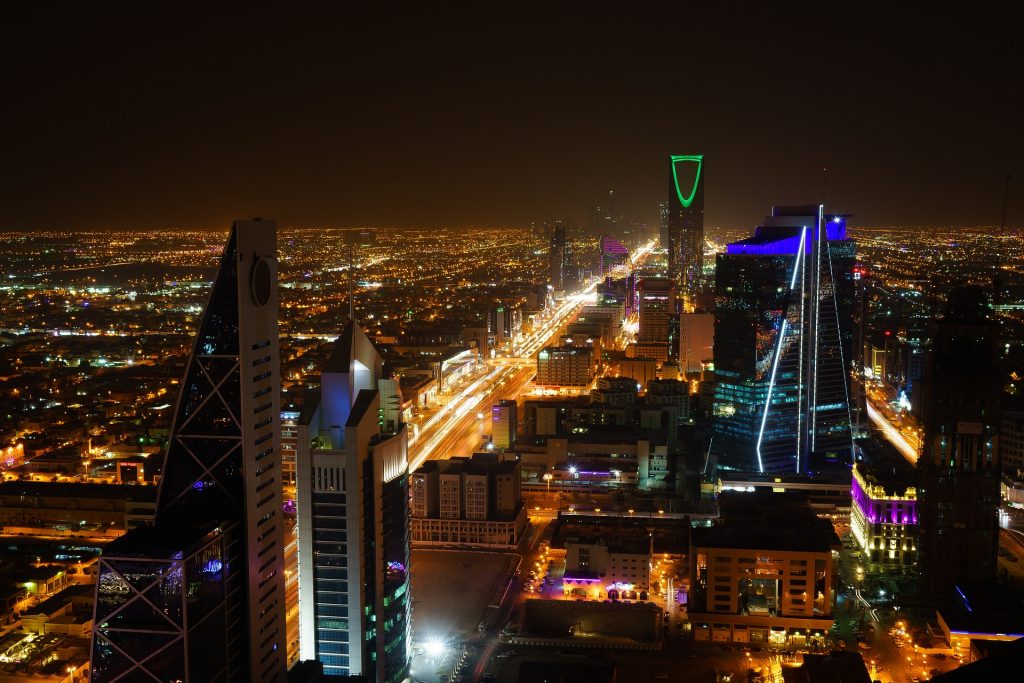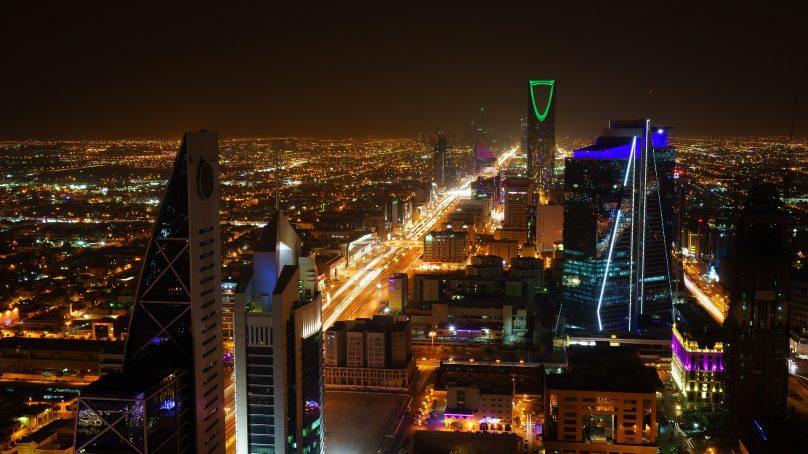 According to JLL’s report The KSA Real Estate Market Research | A Year in Review 2021, 900 keys were added in 2021 to Riyadh, bringing the city’s hospitality stock to 20,000 keys. Almost 1,000 keys were added to Jeddah’s stock, which equated to nearly 15,000 keys by the end of 2021.
According to JLL’s report The KSA Real Estate Market Research | A Year in Review 2021, 900 keys were added in 2021 to Riyadh, bringing the city’s hospitality stock to 20,000 keys. Almost 1,000 keys were added to Jeddah’s stock, which equated to nearly 15,000 keys by the end of 2021.
The dependence of Makkah’s hospitality sector on religious tourism, which has been hit by lower visitor numbers due to the pandemic, led to a number of major projects being delayed last year. As a result, just three hotels with a total of 1,100 keys were completed in the holy city, less than 10 percent of the number of keys that were in the pipeline at the beginning of 2021.
There were no hotel completions in Dammam Metropolitan Area (DMA), maintaining the hotel stock at 9,500 keys at the end of 2021.
Assuming no further delays, a total of 16,000 keys are scheduled to be delivered across these four major markets in 2022.
A breakdown of this figure shows that Makkah will see its stock grow by 6,000 keys, while Riyadh and Jeddah are each anticipated to see the delivery of around 4,000 keys and DMA approximately 2,000 keys.
In Q4, Riyadh Season – an entertainment festival – kicked off in the capital, stimulating greater tourism activity. This was reflected in the city’s hotel occupancy rate, which reached 56 percent in the YT November 2021 (compared to 48 percent in the same period of last year).
Since average daily rates (ADR) remained stable at USD 144 over the same period, the higher occupancy levels were entirely responsible for providing a boost to revenue per available room (RevPar) – which rose by 16 percent year-on-year to USD 81. Similarly, the various entertainment events that were held in Jeddah in Q4 provided an uplift to the city’s hospitality Jeddah Hospitality performance.
A key event of the year was the Formula 1 race, which took place in December 2021 and attracted domestic and international visitors. In the YT November 2021, Jeddah’s occupancy rate reached 46 percent – up from 32 percent in the corresponding period of the preceding year.
Similarly, the city’s ADR increased by 9 percent to USD 177. The higher occupancy rate and ADR combined resulted in Jeddah’s RevPAR reaching USD 82 in the YT November 2021 – up 55 percent year-on-year.
Meanwhile, Makkah’s hotel occupancy rate fell to just 23 percent in the YT November 2021 – down 13 percent when compared to the same period in 2020.
Despite the resumption of umrah for vaccinated overseas pilgrims, visitors’ length of stay in Makkah was lower due to capacity restrictions within the Holy Mosque. A 35 percent annual jump in the city’s ADR to USD 116 in the YT November 2021 provided some consolation for operators – albeit at just USD 27.
The boost to visitor numbers due to the calendar of events taking place in Riyadh and Jeddah in Q4 2021 was broadly to the detriment of DMA, which saw a lower number of domestic visitors.
In the YT November 2021, Greater Dammam’s RevPAR declined slightly – by 2 percent year-on-year to USD 60.
In the short term, JLL expects Riyadh and Jeddah’s hospitality sectors to continue to see gradual recoveries, helped by a combination of KSA’s promotion of its tourism sector globally and upcoming entertainment seasons across the country.
The announced construction projects across the four markets point to a large delivery pipeline in 2022, however, JLL expects hotels to continue to adjust completion dates of upcoming schemes as the government updates travel rules and as the market situation evolves.














